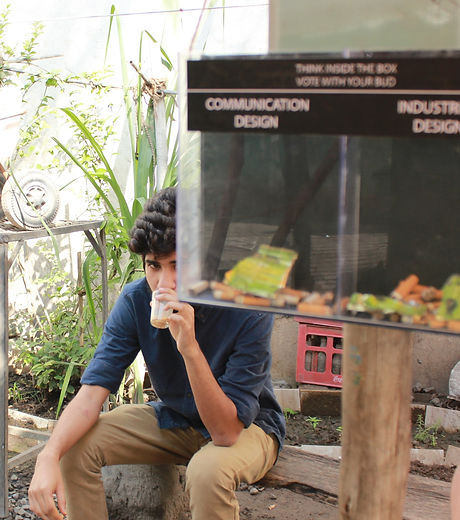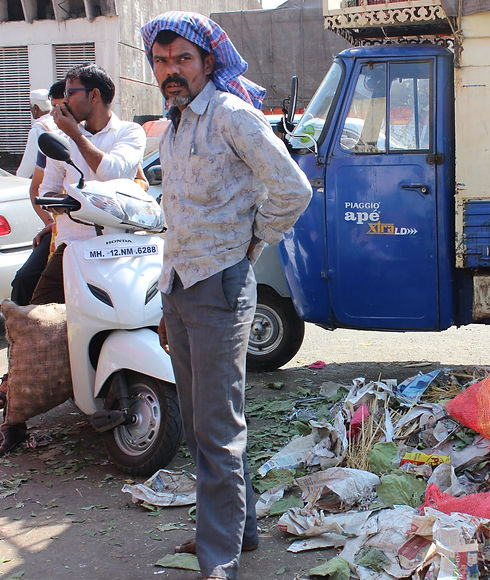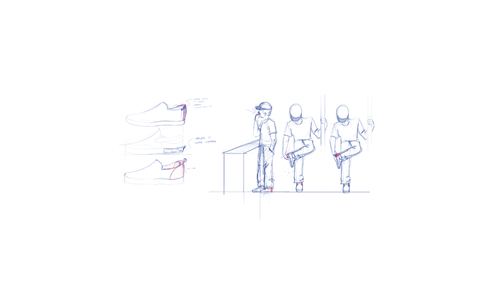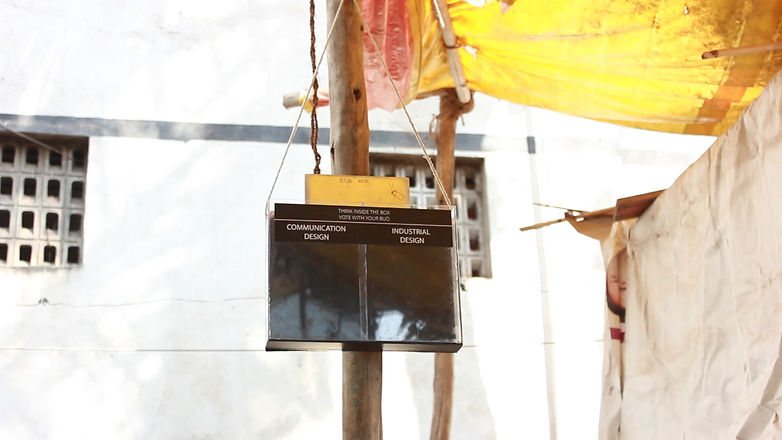VALUE BIN
2016 - 2017
DESIGN FOR SOCIAL NEED
How to bring a change in the behavior of the public towards littering without having fines or imposing laws?
Behavioral Design

Litter is nothing but a piece of waste or rubbish that has been disposed of improperly, without consent, and at the wrong location. Littering simply means throwing away objects on the ground or leaving them lying on the ground instead of disposing them at a garbage can, recycling bin, or trash container.
The aim of this project is to bring a behavioral change in the public towards littering.

MIND MAP
94% of people identify litter as a major environmental problem and yet they litter.
RESEARCH
The research covers shadowing and observing people all around the city belonging to:
-
Different age groups
-
Different occupation
-
Public and private spaces
-
College Campus
-
Bus stations
-
The railway station, etc.
To gain a deeper understanding of the context and the different users, we used exploratory research methods. It includes in-depth interviews, group interviews, and activities to observe the behavior of the people.
FEILD STUDY
WHEN ASKED Why do you litter?
-
Laziness
-
The area is already messy, why bother finding a trash can?
-
The lesser or no awareness of littering and its consequences
-
The garbage cans are already overflowing
-
The garbage cans have a note stating that they are for specific trash only
-
My neighbor litters, and so do I!
-
What is your problem?
-
Really? It is just one paper!
-
People are starving in Africa! What do you care about littering?
-
Iʼm drunk
The list could go on forever.
People come up with countless excuses to throw their pieces of trash down on the ground instead of taking a short amount of time to find a garbage can and properly throw it away.


INSIGHTS AND OBSERVATIONS
-
Litter attracts litter.
The basic tendency of a human is to throw trash in an already littered spot.
-
Laziness
No motivation to put effort into throwing litter.
-
Hostile bins
The bins are already full, look unhygienic, and stinks. Bad maintenance of the bins.
OUTCOMES
The solutions were derived considering various pain points in the form of ideas.
Multiple idea buckets were formed each falling under the theme - Reward.

SHREDDER BIN
To ensure more space for the garbage to be disposed off and no flooding/ over-filling of the bins
Bin with a shredder to reduce the volume of waste. It will also display the amount of waste collected and thus give the public a sense of contribution to the environment.
WEARABLE DISPOSING POCKET
A space to store your litter till you see a dustbin to throw it.
People are reluctant to hold plastic wrappers after eating chips or having chewing gum, etc find it convenient to throw it on the way. Shoes are something that everyone wears every day. So space in the sole to store waste. This could help in reducing small littering.


INSTALLATION
Installation for anti-littering awareness
Inspired by the game - Snake and ladder, an installation that focuses on creating awareness for cleanliness.
Each block has a particular color of the liquid. once stepped on a box, the color appears and indicates the next move, punishment, and so forth. The challenge is to finish all the tasks and reach the end.
OPINION BIN
Expressing opinions through waste.
An opinion bin gives the public a chance to express their opinion on a particular topic. The feeling of competition and having their opinion win the poll is ardent.
Having 'waste disposal' as a way of voting can bring more people to throw waste in the dustbins, create a push for them to ponder over the poll, will give them a sense of involvement.
The poll can be changed from time to time keeping the public excited.


